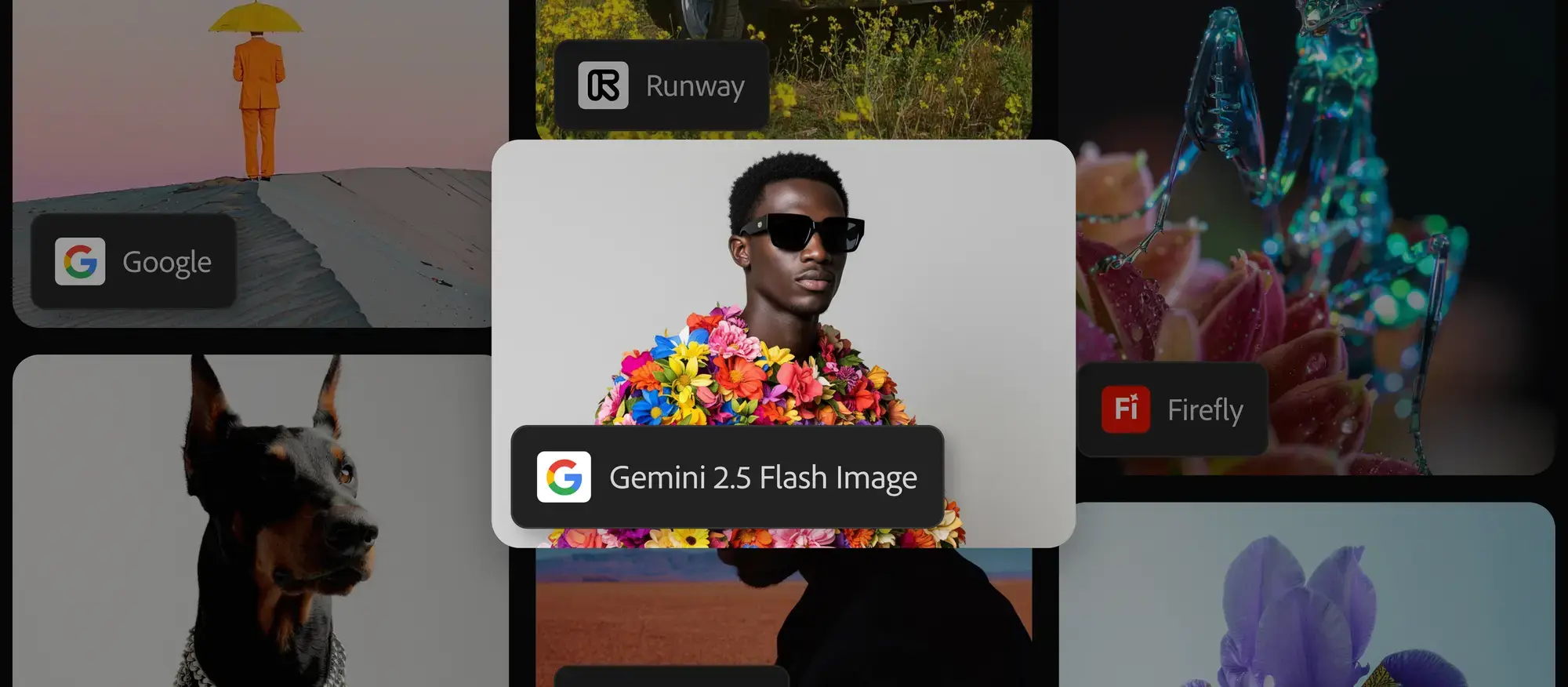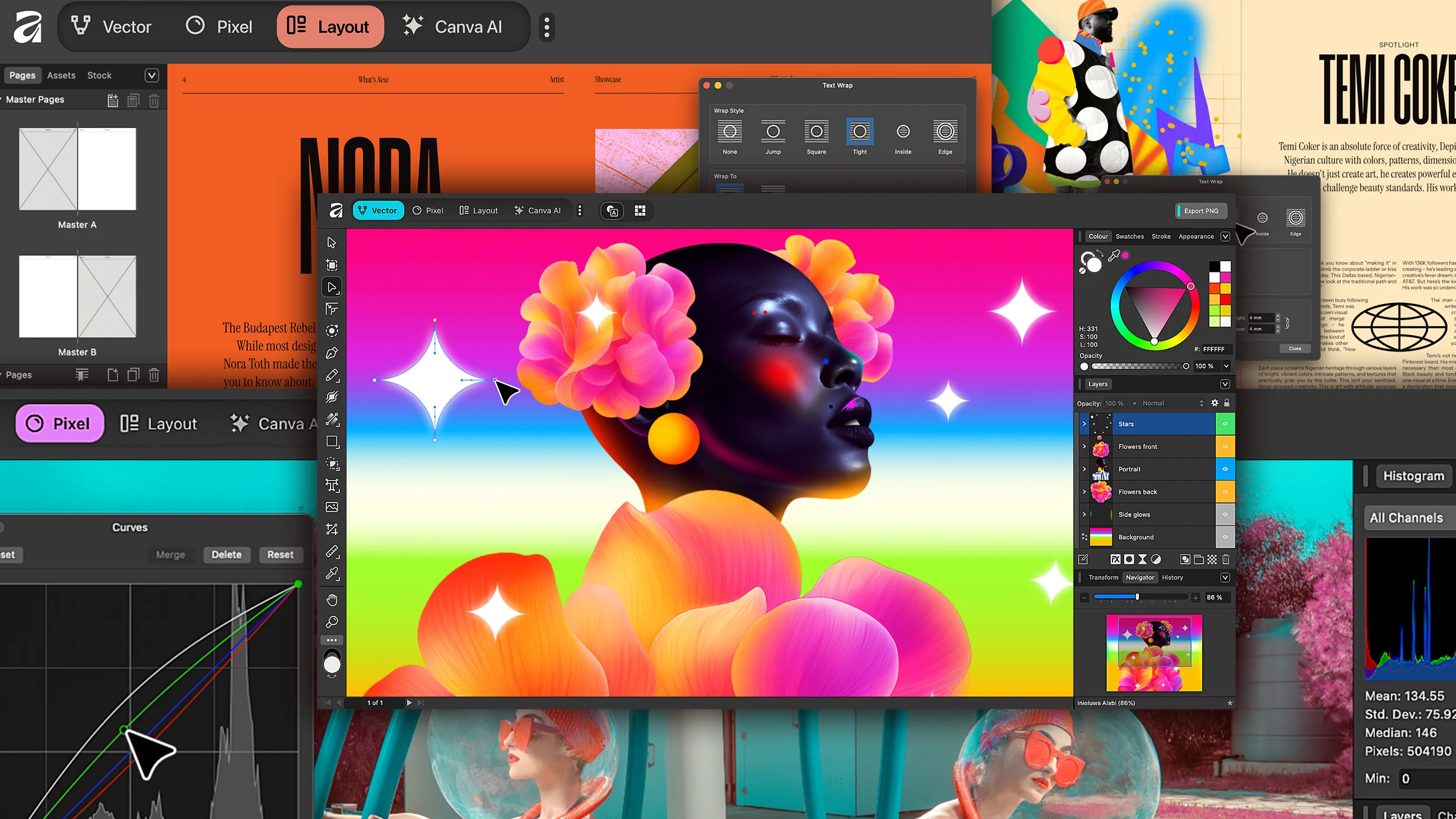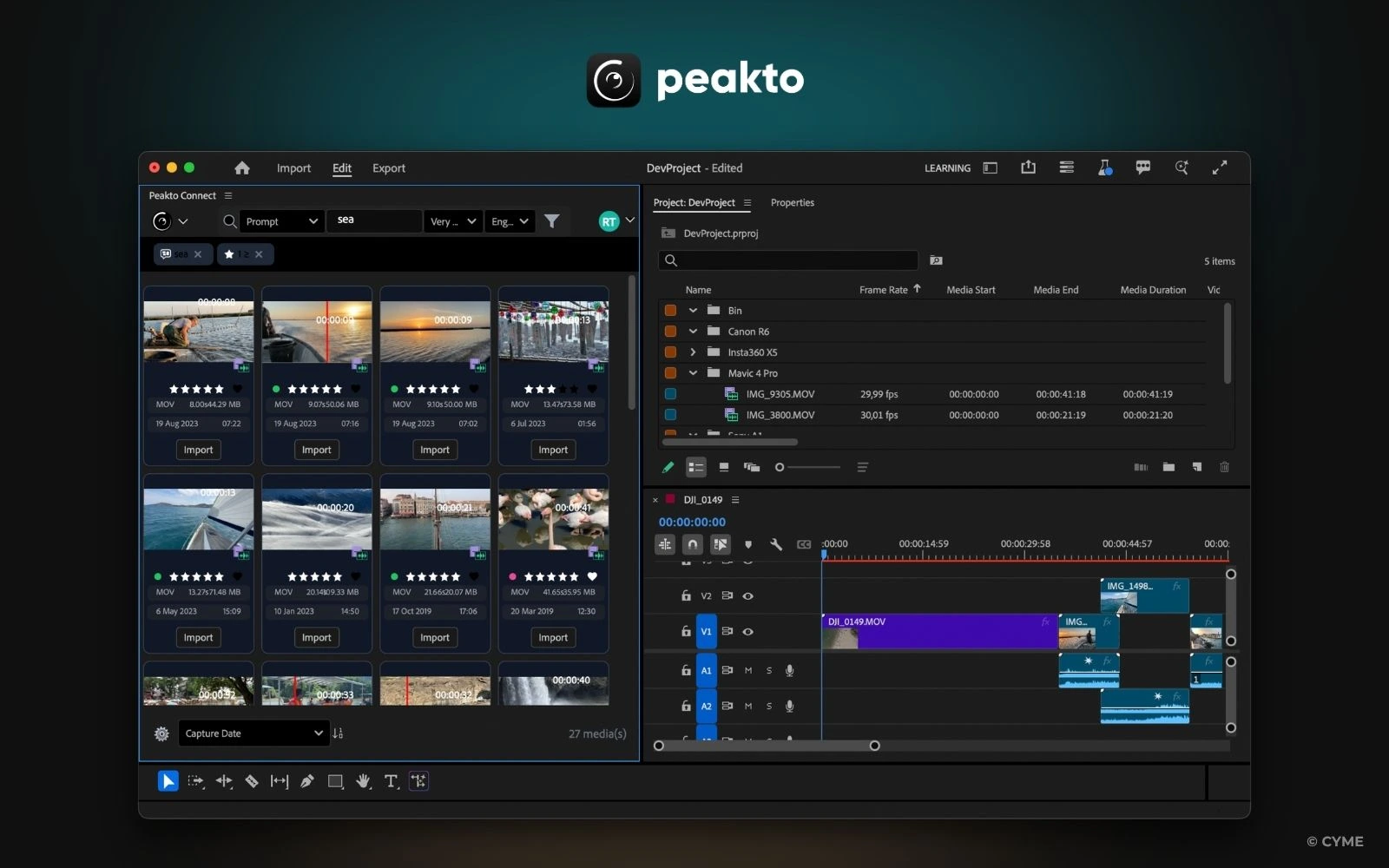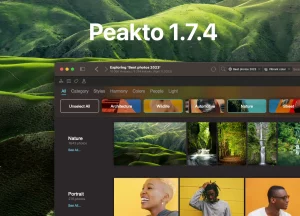CYME was invited to take part in Adobe MAX — the world’s biggest conference dedicated to creativity. So, what should we take away from this event that brought together the photo, video, and design communities in Los Angeles? Here are the five standout trends from Adobe MAX!
1. AI Is Everywhere — And It’s Changing Everything

Half of Americans say they use large language models — and 10% use them every single day! (Okay, guilty as charged.) This massive AI wave is, of course, transforming how photo and video creators work, and Adobe’s announcements at this year’s creativity conference revolved heavily around it.
It all starts with the latest star of the Creative Suite: Firefly — Adobe’s generative AI capable of creating videos from a simple text prompt. Competing with tools like Sora, Runway, and Pika Labs, Firefly received some powerful upgrades: it can animate a scene from a single frame, isolate and animate elements from their background, automatically generate soundtracks, and even produce voices from text. In short, Adobe’s generative video AI just leveled up.
2. Protect Your Data — A Must for Every Creator
How to Keep Your Creations Safe from Generative AI
The more generative AI advances, the more creators worry about data leaks. Adobe has already faced controversy for allegedly training its AI models on users’ creations — a chilling thought, especially after the OpenAI trend that flooded our feeds with portraits of people “in the style of Studio Ghibli.”
Adobe is addressing part of the issue with Firefly Foundry, a new feature that allows brands to train the AI using their own data — privately and securely. A small step for the tech giant, but a big one for privacy? Time will tell.
3. Opening Your Creative Chakras

The Bet on Interoperability
As the Grand Master of the Creative Empire, Adobe has long been known for keeping its users within its own ecosystem. But one of the biggest shifts at this year’s Adobe MAX was a newfound openness — especially toward other AI models.
For example, Photoshop’s Generative Fill now goes beyond Adobe’s proprietary models, allowing users to choose from others like Google’s Gemini 2.5 Flash and Black Forest Labs’ FLUX.1 Kontext.
Several new partners are also making their way into Adobe’s suite:
- In Photoshop, Topaz Gigapixel boosts resolution without losing detail, while Topaz Bloom reimagines photos with stunning realism.
- In Firefly, ElevenLabs Multilingual enables multilingual voiceovers, and Luma AI brings cinematic quality to generated visuals.
- And Peakto for Premiere Pro — but more on that soon.
4. New Concepts That Transform Creativity

What Are "Agentic AI" and "AI Slop"?
AI has become so advanced that it can now work without even needing a prompt. Enter Agentic AI — systems capable of following a plan and working toward a goal. Adobe has integrated this new kind of assistant into its web app, Adobe Express, so it can design for you. AI no longer just generates or transforms content; it understands, anticipates, and interacts — though (hopefully) still under human supervision.
Agentic AI refers to artificial intelligence that requires less human intervention. It can execute a plan based on a defined goal — no need for endless, precise prompts. Think of it as an autonomous creative assistant.
But with this flood of AI tools, a new term has emerged: “AI Slop.” It describes the wave of low-quality, quickly generated content flooding social media and the web. Considering that Creative Cloud alone has 32.5 million subscribers, it’s safe to say this story is just beginning…
AI Slop: When AI is used to mass-produce low-quality, filler content — basically, spam 3.0.
5. New Master of the Creative Empire

While all the creative world’s brightest minds and magic-makers gathered in Los Angeles for Adobe’s big announcements, Canva — the uninvited fairy godmother — decided to stir things up. Just a year after acquiring Serif, Canva launched its very own creative suite, combining Affinity Designer, Affinity Photo, and Affinity Publisher — and making it entirely free. The competition just got serious.
Peakto — The AI Media Manager That’s Right on Trend
In short, we were thrilled to take part in Adobe MAX 2025, and even happier to meet and exchange with the 350+ people who stopped by our booth. What makes us at CYME especially happy is how closely these trends align with the values that drive us.
Peakto’ AI manages your thousands of photo and video files.
Helping creators by putting AI at their service — that’s our mission. Peakto’s AI lets you instantly find any image, sequence, or face across all your media.
Privacy by design.
Protecting your creations is in Peakto’s DNA. Our AI works locally, analyzing your photos and videos without sending anything to the cloud — and without feeding any generative AI. This matters for everyone — from independent creators to major brands.
Interoperability at the core of Peakto.
Integrating seamlessly into your workflow has always been our goal. Peakto is the media manager compatible with all major photo and video editing tools.

In fact, we’re proud to be Adobe’s technical video partner. At Adobe MAX, we unveiled a preview of our new Peakto plugin for Premiere Pro, which brings AI-powered search to all your files — not just your current project.
Our mission is to help you focus on what truly matters — and make the most of what you already have. Peakto acts as a control tower for your media: it reads your NAS, external drives, and multiple catalogs, helping you avoid recreating what already exists, make better use of your footage and photos, and effortlessly clean up duplicates or low-quality files.
In a world increasingly filled with AI slop, Peakto helps you stay on the bright side of creativity — producing better, not more. Peakto is already compatible with Affinity Designer files.










